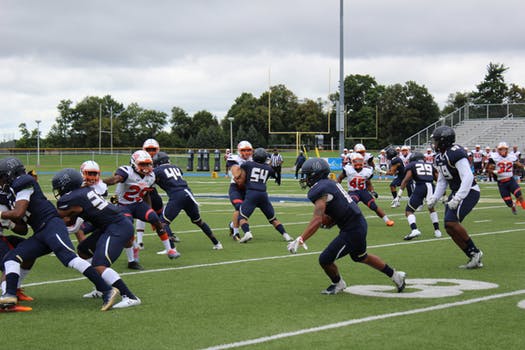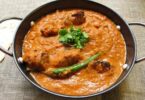
Last week we spoke about why sports nutrition is important for kids. I discussed the nutritional basics on how to gain a competitive advantage by fueling your kids with nutrient-dense foods. Now let’s dig into specific nutritious tips as a healthy nutrition guide for your children.
Is your lifestyle and your eating habits consistent? It will need to be as excellent sports performance hinges on it. At least 60 minutes of physical activity a day, nine to 11 hours of sleep a night, and no more than two hours a day of recreational screen time were tied to higher mental test scores.
It is easy to fall victim to fad diets and trendy marketing claims on packaged convenience foods and beverages. They are alluring and can seem like the perfect fix. Yet both can easily drain any athletic advantage as they do not provide the nutritional fuel necessary to level the playing field; much less bring the competitive edge as they might claim.
A healthy nutrition guide balances calories with micronutrients, electrolytes, antioxidants, and fluids. This balance helps maximize athletic performance and targets the needs of active kids. Children should also get adequate sleep to allow the body to rest and recover.

A Healthy Nutrition Guide For Sports Performance: 5 “Ingredients” For Success
- Water, although technically not a food, is most important to maintain hydration. You may want to consider adding Himalayan Sea Salt to replenish sodium and other minerals lost through sweat.
- Dairy can help replace electrolytes, and can also help keep bones growing strong. Some good sources of dairy food include kefir, cheese, organic chocolate milk, 2% Greek yogurt.
- Fats from nuts/seeds/nut butter provide nutrient “cross-coverage”. These foods contain protein, electrolytes and trace minerals that help the body work better. Olives and avocados (guacamole) are fruits found in the fat group that also contribute valuable nutrients.
- Protein works to repair and grow muscle: hard-boiled eggs, chicken, sliced turkey or roast beef, nitrate-free turkey franks or hot dogs.
- Low glycemic fruits or non-starchy vegetables are full of antioxidants: kiwi, cherries, cherry tomatoes, strawberry, orange, broccoli, peppers, cucumber, and celery sticks.
A healthy nutrition guide for kids will build meals with lots of color and variety. The more color one eats, the more of a variety of nutrients you feed the body. Eating the same thing daily even if it is healthy only provides the same nutrients every day. That’s not good.
If you want some suggestions on specific Healthy Kids Meals and Snacks, this guide will be helpful.
A Healthy Nutrition Guide Wrap up

Calories provide energy but the body depends on micronutrients (vitamins and minerals) to assist in muscle movement and flexibility, bone strength, hydration and much more. Focus on foods that will sustain energy, provide nutrients to assist in growth and development, enhance sports performance and help prevent injury.
- Eat a variety of foods to supply electrolytes, vitamins/minerals, and antioxidants. Use common sense and read labels. Do not fall for marketing strategies that hook and draw you in.
- Don’t fall into the “fat trap”, active children need more calories. More calories do not mean milkshakes, French fries, and pizza galore. Include healthy natural fat foods that add nutrient value to get a broad range of nutrients that will support good health and sports performance.
Healthy natural fats from nuts (coconut, peanuts, almonds…) and seeds (pumpkin, flaxseed, sunflower) avocado, olives or olive oil, fish, full-fat diary etc. play important roles for hormone development, reduced inflammation. Skin, hair, nail, brain, nerves, hormones need these healthy fats.
If you want some suggestions on specific Healthy Kids Meals and Snacks, you might want to get your hands on my healthy kid’s meal and snacks guide.






